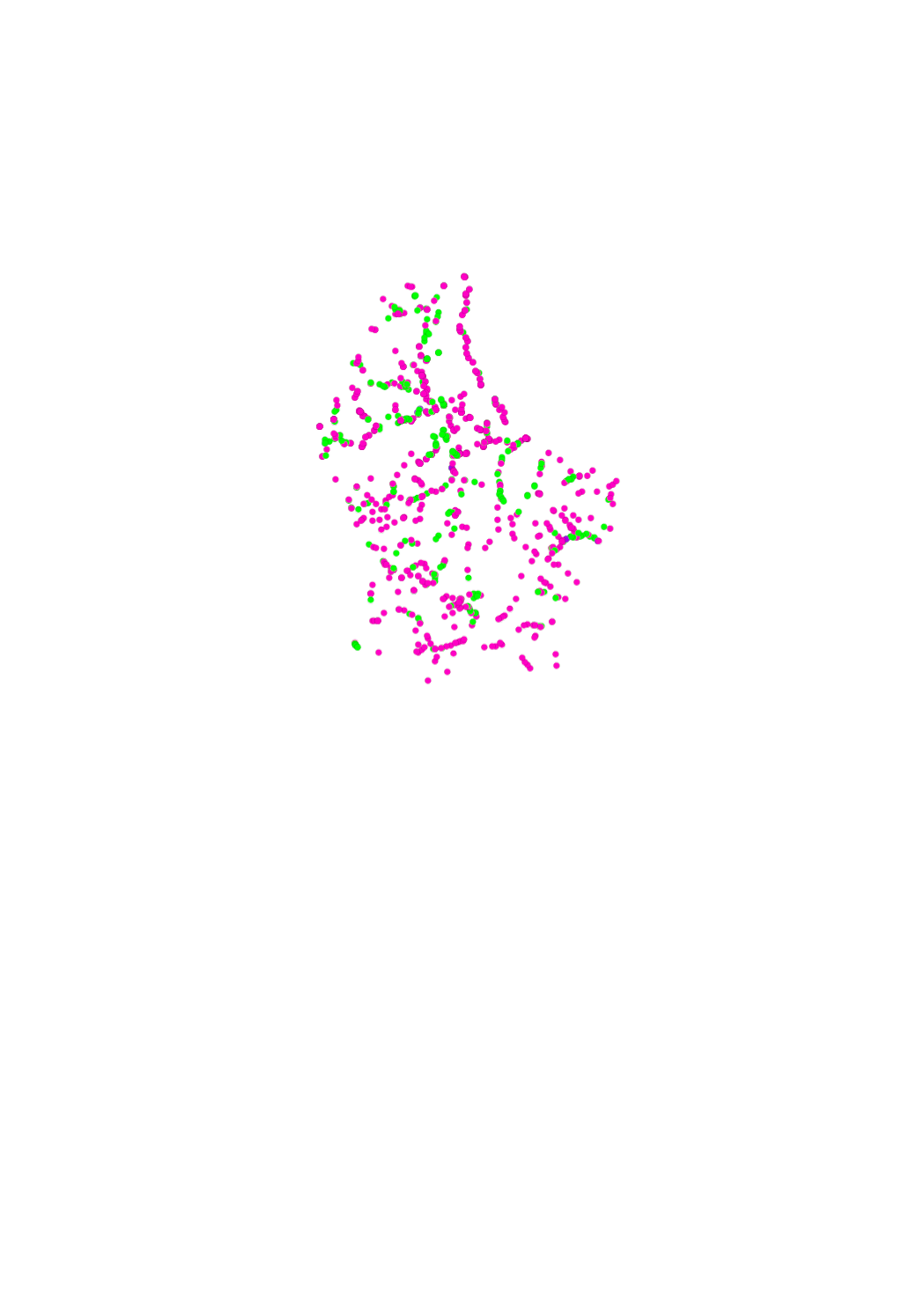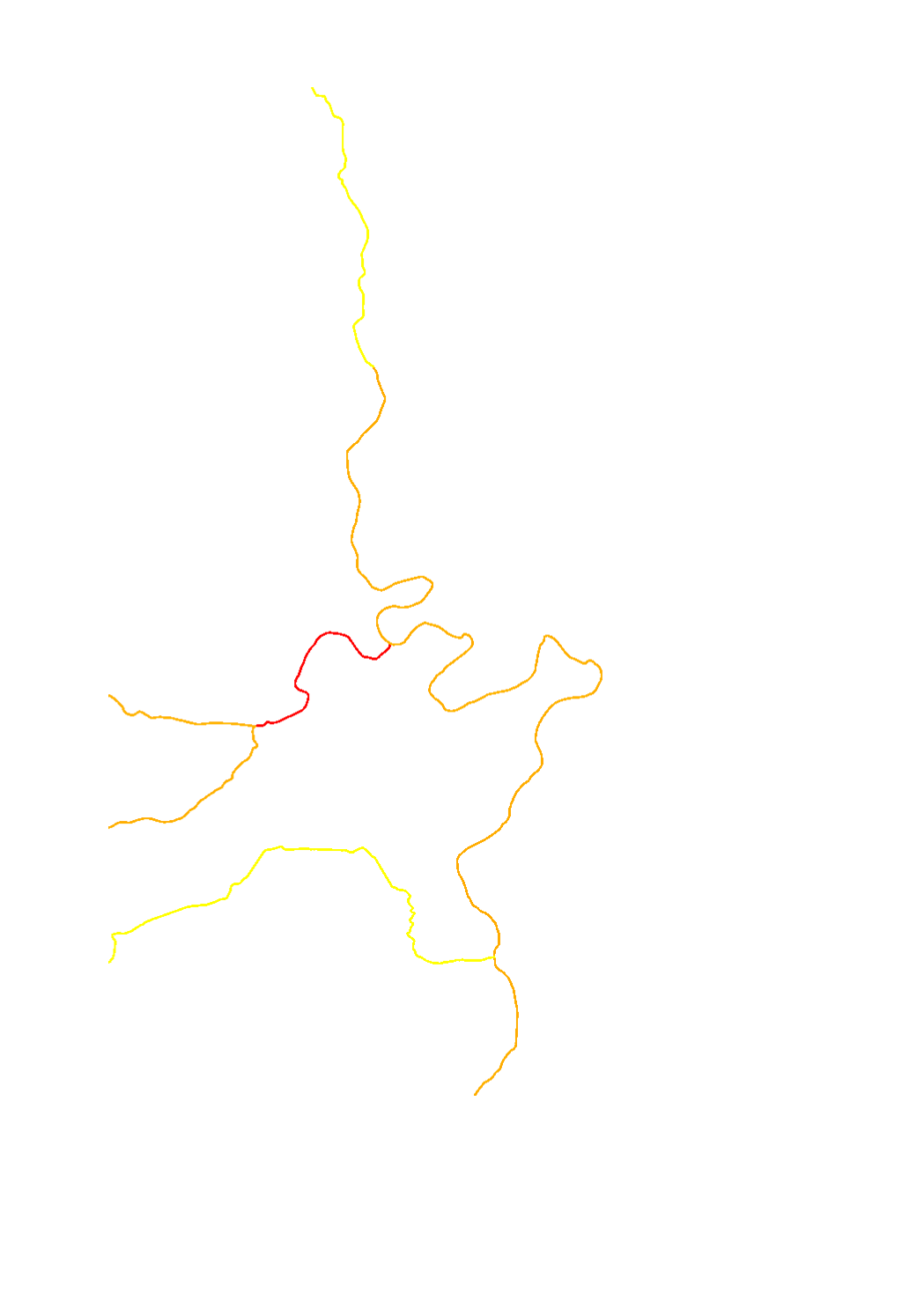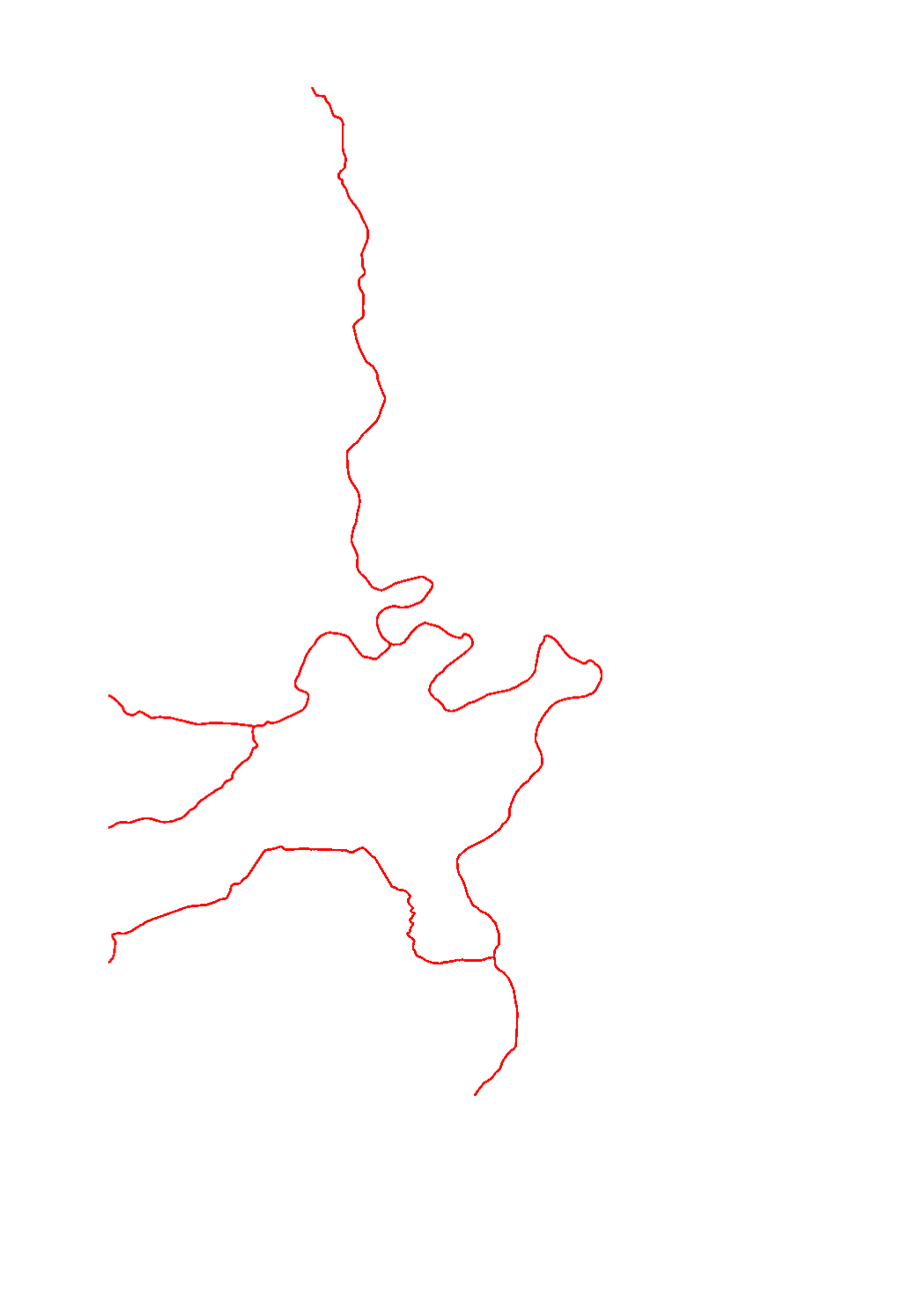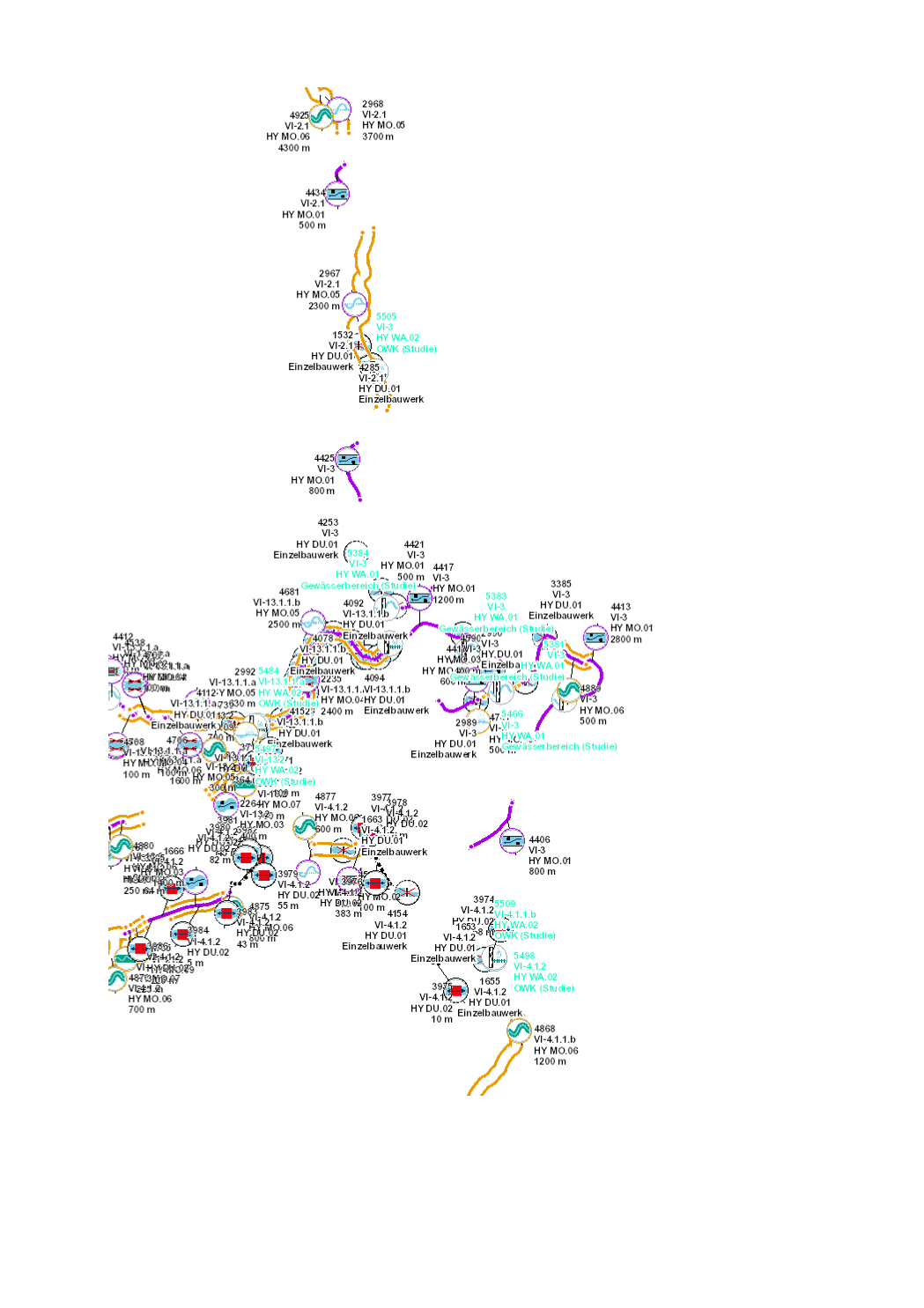Administration de la gestion de l'eau
Type of resources
Available actions
Topics
Keywords
Contact for the resource
Provided by
Groups
Years
Representation types
Update frequencies
status
Scale
-
This layer contains the inspections and controls carried out by the SICOPOL service of the Water Management Administration.
-

Status of the authorization demands.
-

Drinking water shortage (level « orange »)
-

Evaluation of the quality element "hydrological regime" per surface water body
-

Restoration of near-natural flow regime at hydropower plants, discharges and diversions. Adapted operation of hydropower plants, verification and, if necessary, restoration of the natural state of discharge points and verification and possible elimination of water abstractions by means of specific studies of alternative solutions and proposals for mitigation measures.
-

Evaluation of the quality element "morphological conditions" per surface water body
-

River basin specific pollutants are substances that enter the river basin or parts of it in significant quantities. The quantitative assessment is done with environmental quality standards that are fixed by the European Union member states. In Luxembourg, the substances and limit values (annual average) are fixed in the grand ducal regulation of 15 January 2016 (règlement grand-ducal du 15 janvier 2016 concernant l'évaluation des masses d'eau de surface). Evaluation takes place with 2 categories (good, moderate and worse). River basin specific pollutants are used together with the general physico-chemical parameters for evaluation of the ecological status.
-

The overall evaluation of the biological status per surface water body is based on the evaluation of the biological quality elements (BQE) : phytoplantcon, aquatic flora, macroinvertebrates an fish. In order to determine the overall evaluation of the biological status per surface water body the worst status assessed by the different biological quality elements ist retained („One out - all out“ principle).
-

The chemical status of the groundwater bodies is assessed as being good or failing to achieve good chemical status. The assessment of the chemical status for the third river basin management plan is based on the list of substances of directive 2008/105/EC as well as its environmental quality standards.
-

The types of measures related to hydromorphology (HY) which are defined in the catalogue of measures of the third river basin management plan, were assigned to the individual water bodies. The objective of this assignation is to identify for each water body those measures that will help to reduce the pressures and deficits present in the water body, thereby improving its status or maintaining its good status. The hydromorphological measures include the restoration of the ecological continuity, the improvement of the riverbed structure as well as the restoration of a near-natural hydrological regime.
 geocatalogue.geoportail.lu
geocatalogue.geoportail.lu